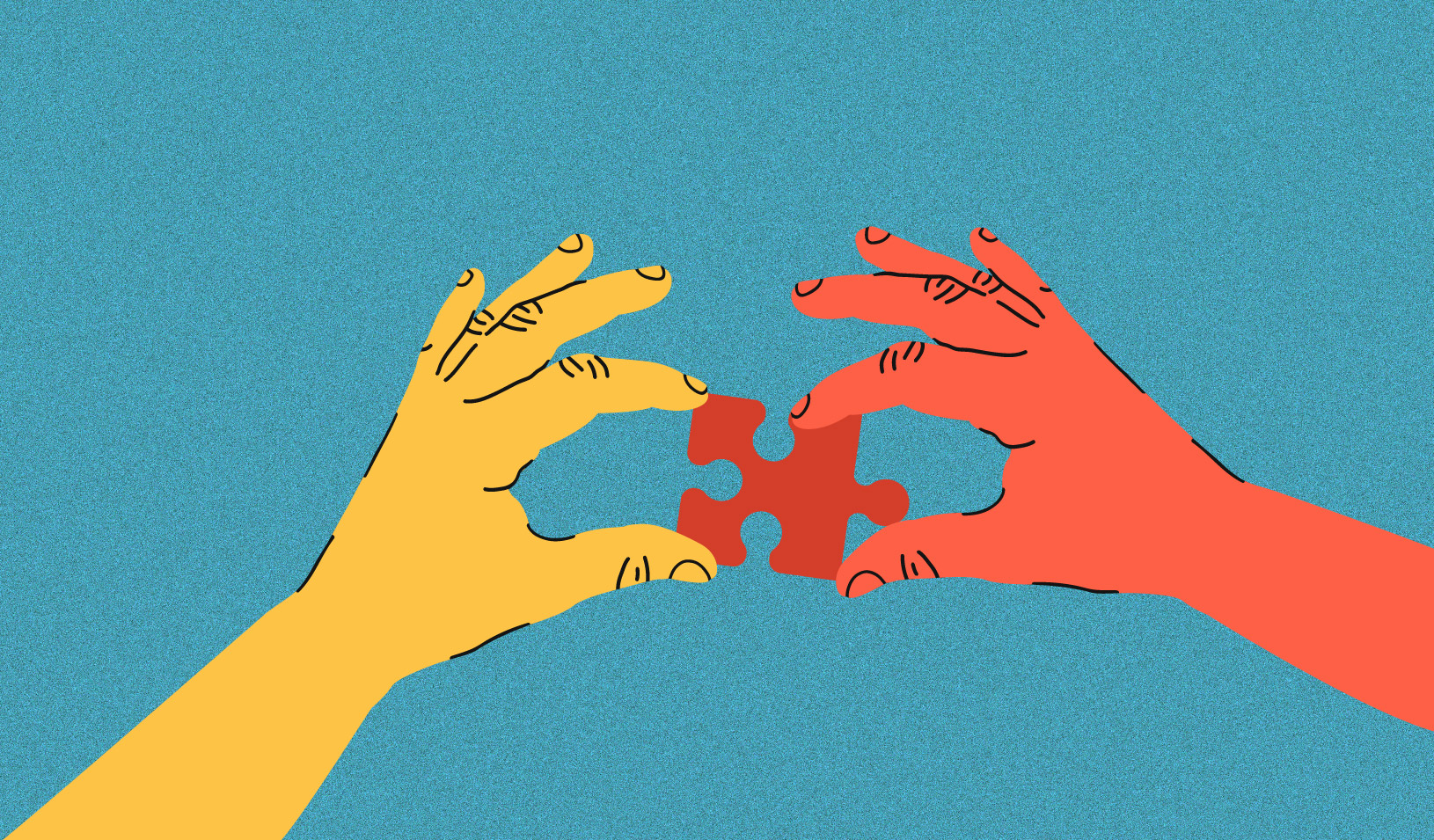
Reuters/Eddie Keogh
Have you ever felt like you couldn’t stop yourself from checking your email or sending a text message, even when it annoyed everyone around you? If so, you’re hardly alone, says Kelly McGonigal, a PhD in psychology who wrote The Willpower Instinct: How Self-Control Works, Why It Matters, and What You Can Do to Get More of It. “Forget cigarettes and candy. We’re becoming addicted to our devices — phones and email and our computers and our iPads,” says McGonigal, a lecturer who teaches in several programs at Stanford, including the School of Medicine’s Health Improvement Program, and the Stanford Center for Compassion and Altruism Research and Education (CCARE). McGonigal spoke to Bill Snyder about compassion and addiction to technology devices. Here is an excerpt:
I noticed on your website that your personal motto is “where science and compassion meet.” Tell me about this.
Kelly McGonigal: I’ve always been interested in relieving people’s suffering. I considered fields like medicine, physical therapy, and psychotherapy, but when I started to study psychological science and how the brain works, I started to feel like science itself was a tremendous source of compassion for others. I fell in love with science as a way to understand suffering.
It sounds like you’ve suffered.
Yes. I suffered from chronic pain from the time I was very young; daily, debilitating headaches. I found my way into meditation and yoga, asking: How do I make peace with a body that produces pain every day? Over time, I’ve become just as interested in other kinds of suffering, including anxiety, depression, and addiction.
Where does the science come in?
Science is a way to discover things that are true, but that you couldn’t tell by observing in a casual way. Our intuitions often lead us astray, whether it’s predicting what will make us happy, the effects technology will have on our brain, or understanding what really motivates people. Science is a great way to introduce people to new ideas, especially here in Silicon Valley and at Stanford. For example, when I teach about the benefits of meditation, people want to see the brain pictures first. Then they’re willing to try a mindfulness practice.
Is addiction to technology really an issue?
Yes. We’re talking about people feeling out of control in relation to some behavior or stimulus or substance, and compelled to use it more than is good for them. They recognize that it is interfering with the quality of their lives; that is a basic definition of an addiction.
What are some of the signs of techno-addiction?
There is a common feeling, whether it is a drug or food or shopping or technology. If you pay attention to what is happening in your mind and body, you notice a free-floating anxiety, and then a sense of urgency, especially when separated from the object of addiction: “I have to have it now,” or “I have to keep clicking or checking.” It’s more like panic than a positive desire. It’s that physical quality of being out of control. And importantly, no matter how much you give in, it never feels like enough. There’s no satisfaction. Giving in just makes you want to do it again. What used to be fun becomes joyless compulsion. Many people feel that way about their phones, Facebook, email, Twitter, online celebrity gossip, internet porn, and so on.
Where in the brain does the mechanism of techno-addiction lie?
The reward system (in the mid-brain) that underlies addiction evolved to make us consume food, so we don’t starve to death. But our survival also depends on access to information, especially social information. So the brain’s reward system has adapted, and is now just as interested in news and social relations as it is in dinner. We worry that there is something we need to know, and don’t, or there is something we need to do, and haven’t done it. We wonder about other people, what they are doing, and what they think about us. That’s social media in a nutshell.
How can we cure ourselves of techno-addiction?
With any form of addiction, I recommend just paying attention to the process and how it works. Do you even know what the itch to check your phone feels like? Or do you only become aware that you’re on your phone when you’re sending your fifth text message?
Then I suggest two things: You need to set a support structure for yourself. In the same way you wouldn’t keep junk food in your cabinet if you’re trying to improve your health, you should think of ways to put the phone away. Put it in airplane mode or recruit other people to remind you that you made a commitment to not text while driving.
Second: Surf the urge. Pay attention to what it feels like in your body and to your breathing. Think of the urge like a wave you are going to surf, and breathe through it. Like a wave, it will crash and dissolve. Cravings sustain themselves when your brain and body believe you are going to give in. As soon as you make a commitment not to, it begins to change how the brain is processing the craving. This approach has been shown to help people conquer all kinds of cravings, from food to cigarettes.
Do you raise this topic with tech executives here in Silicon Valley?
It’s not uncommon for a company to ask me to do an informational interview about the psychology of technology. All of the companies I talk to, whether they are creating games or designing apps, are very serious about wanting to contribute to people’s wellbeing. It’s not like tobacco companies trying to cover something up. They are responsive to science and in some cases doing their own research. I’m encouraged by the collaborations between Silicon Valley and psychologists and hopeful that technology will be a source of well-being, not just more stress and suffering.
For media inquiries, visit the Newsroom.






